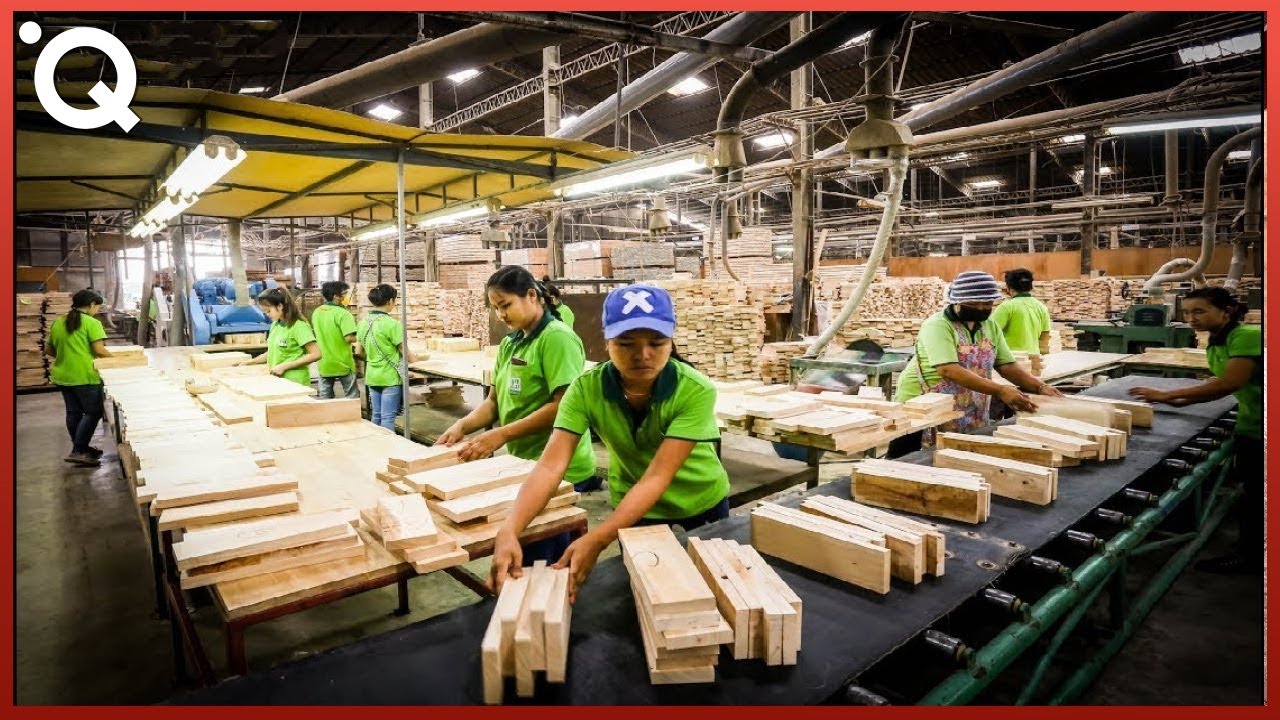Furniture factories are large facilities that manufacture various types of furniture. They may be small or large, and equipped with sophisticated machinery to produce pieces quickly.
The furniture industry is a global sector that continues to expand and develop. This growth and evolution are due to changes in lifestyles, consumer income levels, and other factors.
Solid wood
Solid wood has long been a popular choice for homeowners who seek to bring the outdoorsy aesthetic indoors. Unlike engineered or laminated wood, solid wood is made from one single piece of lumber, giving each piece its unique characteristics and characteristics.
Wood’s unique texture, grain and color variations give it character and style that’s unique to each piece. This makes solid wood furniture stand out from other furniture options; its timeless appeal makes it the ideal choice for anyone seeking to create a warm atmosphere that invites people in.
Producing solid wood furniture can be a tricky undertaking. Make sure the factory you select has all of the necessary equipment and facilities to produce quality pieces of furniture. Be sure to inquire about how they control wood moisture levels, as well as if they offer in-house finishing.
Laminate
Laminate is an extremely versatile material in the furniture industry, often employed for tables, counters and other surfaces that need long-lasting surface protection.
It is constructed from multiple layers of flat paper that have been treated with a resin designed for flexibility, impact resistance and longevity. Once heated and pressed together at high temperatures and pressures, the sheets appear and feel like solid wood.
Depending on the design of a laminate, its top surface may be printed or textured. Manufacturers use specialized plates to imprint textures onto sheets for more natural-looking planks and tiles.
Hospitality furniture manufacturers will find laminate to be an ideal finishing option, providing customers with a beautiful and customizable finish. Plus, its light stability helps prevent fading so your furniture stays looking new for longer.
Metal
Metals are inorganic substances with excellent electrical conductivity, luster and malleability that readily lose electrons to form positive ions (cations). Approximately three-quarters of all chemical elements are metals.
Metals, unlike wood, are much more durable and versatile; they can be molded into virtually any shape or form. Furthermore, metals have greater heat and dry weather resistance compared to their wood counterparts.
Another advantage of metal furniture is its resistance to rust. This makes it ideal for outdoor use and can withstand years of harsh weather if properly taken care of.
Bending is a common process used to give metal furniture its desired shapes. This can be done manually for soft metals or with machinery for tougher materials. Once bent or formed, welding secures the joints of the sheets or parts together, providing structural integrity to their joints.
Upholstery
Upholstery is the soft, cushioned fabric found inside furniture pieces. It is typically woven and backed, then folded or rolled onto bolts of various sizes for ease of handling.
Upholstery fabrics come in a range of fibers, depending on the company and weaver. Common options include acrylic, microfiber, and nylon.
Fabric type can have an impact on how well a piece will last over time, both for its looks and comfort. Some upholstery fabrics are more durable than others, while others require less upkeep when cleaning.
Upholstery can add a touch of class to your home decor and give existing furniture an upgrade. Reupholstering may be a DIY project, but if you’re not experienced with the process then consulting with a professional first is recommended. They will assist in selecting the most suitable material for your requirements.

